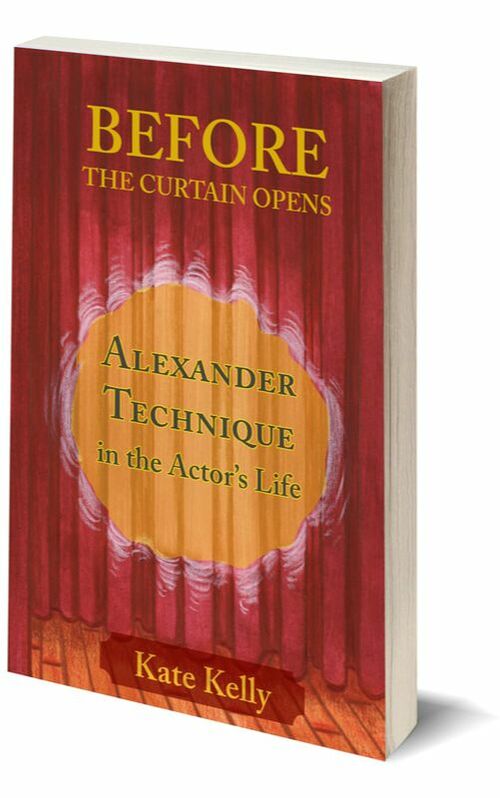|
Publication: 2018
List Price: £15.00 Format: ~ Paperback - 124 pages Size: 14 x 21.6 cm ISBN: 978-1-911193-43-2 Save 20%
on the list price when you buy direct from us. Use code tpdirect at checkout for a 20% discount. Buy the Book (£15):In US/Canada order the book here.
Buy the pdf (£13)Click the 'Buy' button below. At checkout, click No postage on ebooks from the dropdown.
After paying, we will send an immediate confirmation and email your ebook file within 24 hours. PDF ISBN 978-1-911193-44-9
version: bookmarked pdf (pdf text cannot be edited, printed or copied - email us if you need this capability.) |
|

